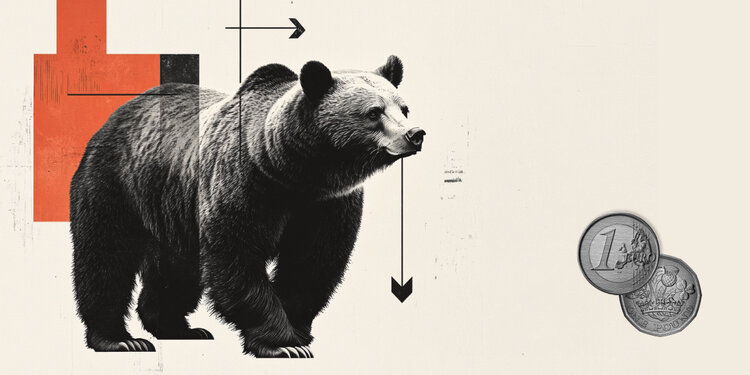- EUR/GBP edges lower to near 0.8620 in Wednesday’s early European session, down 0.21% on the day.
- Trump said the EU will ‘probably’ receive new tariff rates on Thursday.
- The overhang of mounting fiscal risks in the UK might weigh on the GBP and cap the downside for the cross.
The EUR/GBP cross loses traction to around 0.8620 during the early European session on Wednesday. The Euro (EUR) softens against the Pound Sterling as renewed tariff threats from US President Donald Trump unsettle markets.
Trump said on Tuesday that the European Union (EU) will “probably” receive a letter setting its new US tariff rate on Thursday, adding that the US president said the bloc had shifted from being “very tough” to “very nice.”
These remarks came amid increased attempts by the EU to avoid sweeping “reciprocal tariffs” on its US exports, which were earlier scheduled to go into effect on Wednesday but have subsequently been pushed back to August 1. However, tariff uncertainty and fears of a trade war could undermine the shared currency in the near term.
The European Central Bank (ECB) policymaker Boris Vujcic, one of the Governing Council’s more hawkish members, said that the central bank mustn’t be too concerned about a temporary undershooting of the 2% inflation target and shouldn’t rush further interest-rate moves. Vujcic added that the ECB has the “luxury to wait,” and incoming data will “determine what we are going to do.”
After eight quarter-point cuts in a year, ECB policymakers have hinted that the easing cycle is coming to an end. With inflation near the target and the economy so far resilient to multiple headwinds. The markets anticipate a pause this month, but at least one more reduction before the end of the year. Less dovish stance from the ECB might help limit the Euro’s losses.
On the other hand, the escalation in UK fiscal risks might cap the upside for the Pound Sterling. Last week, UK Chancellor of the Exchequer Rachel Reeves breached her own fiscal rules by raising the standard allowance for Universal Credit, which is estimated to raise the financial burden by £4.8 billion by fiscal year 2029-2030. According to a Barclays analysis, the UK government would most likely need to raise taxes in the Autumn Budget to address rising budgetary concerns.
Pound Sterling FAQs
The Pound Sterling (GBP) is the oldest currency in the world (886 AD) and the official currency of the United Kingdom. It is the fourth most traded unit for foreign exchange (FX) in the world, accounting for 12% of all transactions, averaging $630 billion a day, according to 2022 data.
Its key trading pairs are GBP/USD, also known as ‘Cable’, which accounts for 11% of FX, GBP/JPY, or the ‘Dragon’ as it is known by traders (3%), and EUR/GBP (2%). The Pound Sterling is issued by the Bank of England (BoE).
The single most important factor influencing the value of the Pound Sterling is monetary policy decided by the Bank of England. The BoE bases its decisions on whether it has achieved its primary goal of “price stability” – a steady inflation rate of around 2%. Its primary tool for achieving this is the adjustment of interest rates.
When inflation is too high, the BoE will try to rein it in by raising interest rates, making it more expensive for people and businesses to access credit. This is generally positive for GBP, as higher interest rates make the UK a more attractive place for global investors to park their money.
When inflation falls too low it is a sign economic growth is slowing. In this scenario, the BoE will consider lowering interest rates to cheapen credit so businesses will borrow more to invest in growth-generating projects.
Data releases gauge the health of the economy and can impact the value of the Pound Sterling. Indicators such as GDP, Manufacturing and Services PMIs, and employment can all influence the direction of the GBP.
A strong economy is good for Sterling. Not only does it attract more foreign investment but it may encourage the BoE to put up interest rates, which will directly strengthen GBP. Otherwise, if economic data is weak, the Pound Sterling is likely to fall.
Another significant data release for the Pound Sterling is the Trade Balance. This indicator measures the difference between what a country earns from its exports and what it spends on imports over a given period.
If a country produces highly sought-after exports, its currency will benefit purely from the extra demand created from foreign buyers seeking to purchase these goods. Therefore, a positive net Trade Balance strengthens a currency and vice versa for a negative balance.

